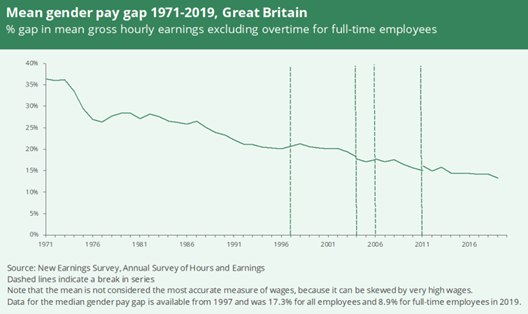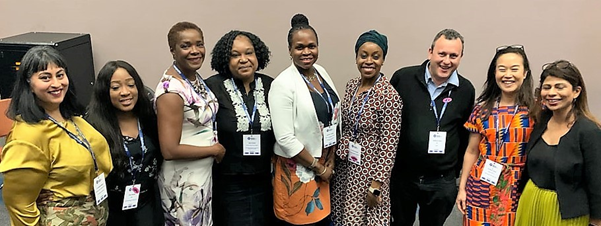Are we really going to wait 4 more generations for equality in the workplace?
Read Di Bullman's thoughts on women in the workplace on International Women’s Day.
For International Women’s Day, I’ve been reflecting on how far we’ve come in terms of women in the workplace, but also how far we still need to go to achieve equality and equity.
When my grandmother was born, women couldn’t vote and weren’t permitted to work in a wide range of professions including as lawyers or civil servants. At least though, if she was earning and married, and thanks to the Married Women’s Property Act of 1870, she would have had the right to keep her own earnings!
When my mother was born, it was still entirely legal to discriminate against someone simply because she was a woman, meaning women could be paid at a lower rate, expected to leave work if they married or had children, and when/if they did return it was often to part-time ‘pin-money’ roles. When she had me (her eldest), she left work and didn’t return until both her children were in school.
It wasn’t until I was growing up, that the equal pay act made it illegal to pay a woman at a lower rate for the same work.
But equal pay law only addresses unequal pay between individual women and men doing equal work for the same employer. A more accurate picture of how women are paid throughout their career is provided by the gender pay gap, because it measures the difference in the average hourly wage of all men and women in work. By April 2021 that gap was still at 7.9%.
In 2020 The World Economic Forum (WEF) estimated that it would take 99.5 years to close the Global Gender Gap. But it got worse. With the impact of the COVID-19 pandemic disproportionately affecting women, the 2021 WEF report estimated this had increased to 135.6 years.
At this rate we won’t close the gender pay gap until my great, great, great, great granddaughter starts work!

Research by the Fawcett Society in 2017, showed that the gender pay gap in Britain is also shaped by racial inequality, and women from almost all ethnic groups had pay gaps compared to white men. The Society reported that the picture was complex and made a key recommendation of ensuring all women experience career progression.
So, what if we don’t want to wait 136 years?
The International Women’s Day mission on careers is:
Quote
How can we all do this? You’ll find plenty of suggestions about what the government could do (increase the minimum wage) and what organisations could do (increase pay transparency). As individuals, one thing that everyone could do is join and participate in the Shuri Network.
20% of the NHS workforce are from minority ethnic groups and 77% are women. We all use technology daily to care for patients, and this has become even more crucial during the COVID-19 crisis. However, there are less than 20 women of colour in senior digital leadership roles such as CIO roles across 233 trusts.

The Network was launched in 2019 to support ethnic minority women in digital health and social care develop the skills and confidence to progress into senior leadership positions and help NHS leadership teams more closely represent the diversity of their workforce. It now has over 1700 members and allies and won the HSJ Race Equality Award in Nov 2021.
Membership is free and open to all (women from minority ethnic groups in digital health and allies who support our aims). Sign up here!
The network has developed a range of programmes which are listed below.
- Raising the importance of diversity and inclusion at events with organisations including NHS England (NHSE), Health Education England (HEE), the British Broadcasting Corporation (BBC), Digital Health, the Academic Health Science Networks, the Health Foundation, the NHS Confederation and NHS providers.
- A nurse fellowship, in collaboration with NHSE, offering coaching and shadowing sessions to support nurses to succeed and thrive as digital leaders and innovators.
- Awarding bursaries for Shuri members to join the faculty of clinical informatics.
- Highlighting ethnic minority women who are role models in health, care and technology.
- A virtual shadowing programme, with over 70 shadowing offers for members.
- Demystifying careers in digital health and care through a podcast series, talking to digital health professionals in a wide range of roles.
- The winter warmer series of webinars and shadowing offers for students, run by the Shuri student ambassador.
- Promotion of digital health careers, working with organisations including NHS Digital, HEE, NHSX, International Business Machines Corporation (IBM) and student groups to promote careers in digital health.

Follow the network on Twitter @NetworkShuri
Quote
Page last reviewed: 25 April 2023
Next review due: 25 April 2024